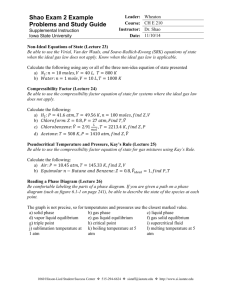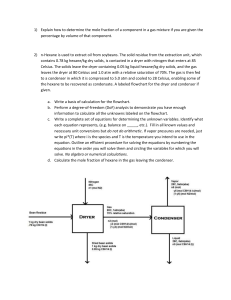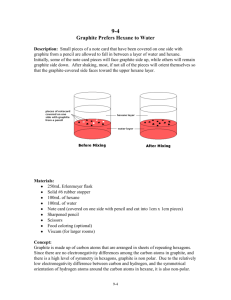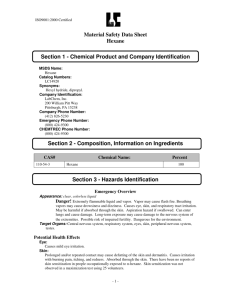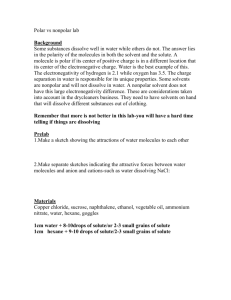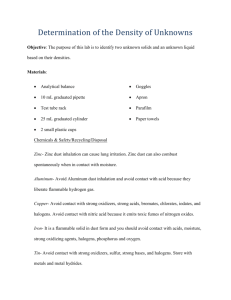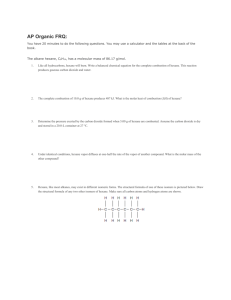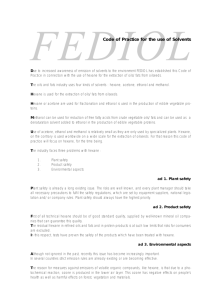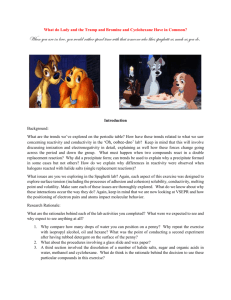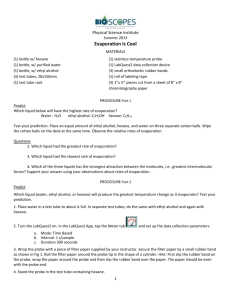Should I Be Concerned About Hexane in Soy
advertisement
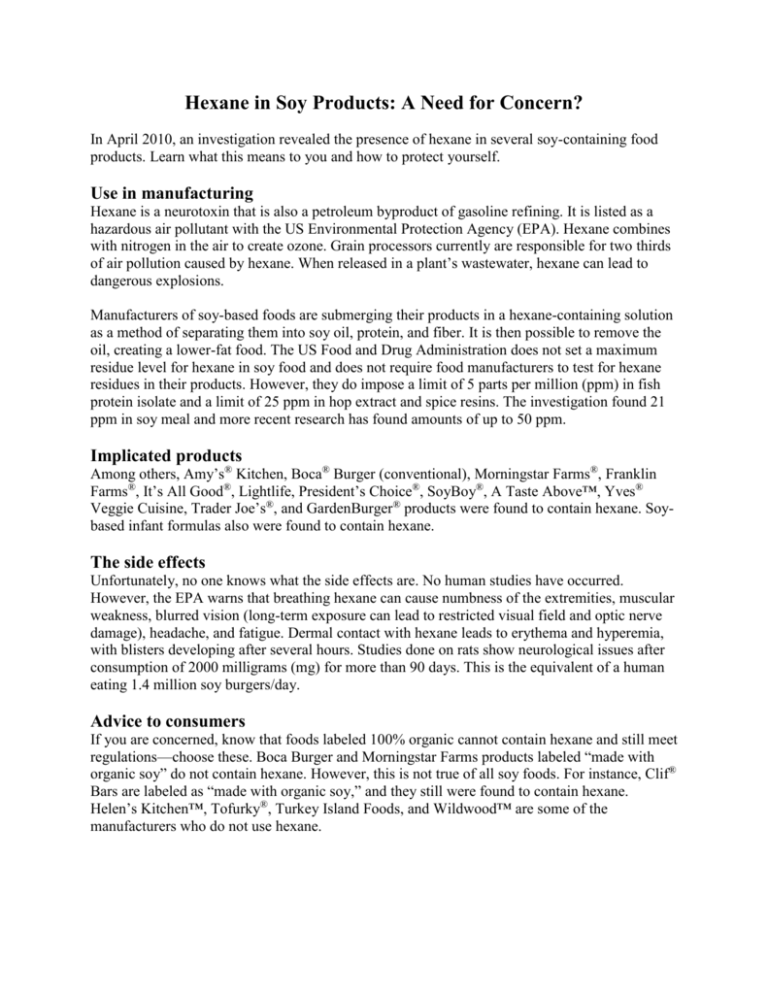
Hexane in Soy Products: A Need for Concern? In April 2010, an investigation revealed the presence of hexane in several soy-containing food products. Learn what this means to you and how to protect yourself. Use in manufacturing Hexane is a neurotoxin that is also a petroleum byproduct of gasoline refining. It is listed as a hazardous air pollutant with the US Environmental Protection Agency (EPA). Hexane combines with nitrogen in the air to create ozone. Grain processors currently are responsible for two thirds of air pollution caused by hexane. When released in a plant’s wastewater, hexane can lead to dangerous explosions. Manufacturers of soy-based foods are submerging their products in a hexane-containing solution as a method of separating them into soy oil, protein, and fiber. It is then possible to remove the oil, creating a lower-fat food. The US Food and Drug Administration does not set a maximum residue level for hexane in soy food and does not require food manufacturers to test for hexane residues in their products. However, they do impose a limit of 5 parts per million (ppm) in fish protein isolate and a limit of 25 ppm in hop extract and spice resins. The investigation found 21 ppm in soy meal and more recent research has found amounts of up to 50 ppm. Implicated products Among others, Amy’s® Kitchen, Boca® Burger (conventional), Morningstar Farms®, Franklin Farms®, It’s All Good®, Lightlife, President’s Choice®, SoyBoy®, A Taste Above™, Yves® Veggie Cuisine, Trader Joe’s®, and GardenBurger® products were found to contain hexane. Soybased infant formulas also were found to contain hexane. The side effects Unfortunately, no one knows what the side effects are. No human studies have occurred. However, the EPA warns that breathing hexane can cause numbness of the extremities, muscular weakness, blurred vision (long-term exposure can lead to restricted visual field and optic nerve damage), headache, and fatigue. Dermal contact with hexane leads to erythema and hyperemia, with blisters developing after several hours. Studies done on rats show neurological issues after consumption of 2000 milligrams (mg) for more than 90 days. This is the equivalent of a human eating 1.4 million soy burgers/day. Advice to consumers If you are concerned, know that foods labeled 100% organic cannot contain hexane and still meet regulations—choose these. Boca Burger and Morningstar Farms products labeled “made with organic soy” do not contain hexane. However, this is not true of all soy foods. For instance, Clif® Bars are labeled as “made with organic soy,” and they still were found to contain hexane. Helen’s Kitchen™, Tofurky®, Turkey Island Foods, and Wildwood™ are some of the manufacturers who do not use hexane. References and recommended readings Cornucopia Institute. Behind the bean: the heroes and charlatans of the natural and organic soy foods industry. Available at: http://www.cornucopia.org/soysurvey/OrganicSoyReport/behindthebean_color_final.pdf. Accessed July 6, 2010. Goldwert L. Soy burger with a side of toxin? Available at: http://www.cbsnews.com/stories/2010/04/14/health/main6395841.shtml. Accessed July 6, 2010. Miller T. Some veggie burgers found to contain harmful substance, hexane, used to process soy. Available at: http://www.nydailynews.com/lifestyle/health/2010/04/14/2010-0414_some_veggie_burgers_found_to_contain_harmful_substance_hexane_used_to_process_so.ht ml. Accessed July 6, 2010. Palmer B. Is your veggie burger killing you? The risk of hexane in soy products. Available at: http://www.slate.com/id/2252002. Accessed July 6, 2010. Review Date 8/10 G-1378

